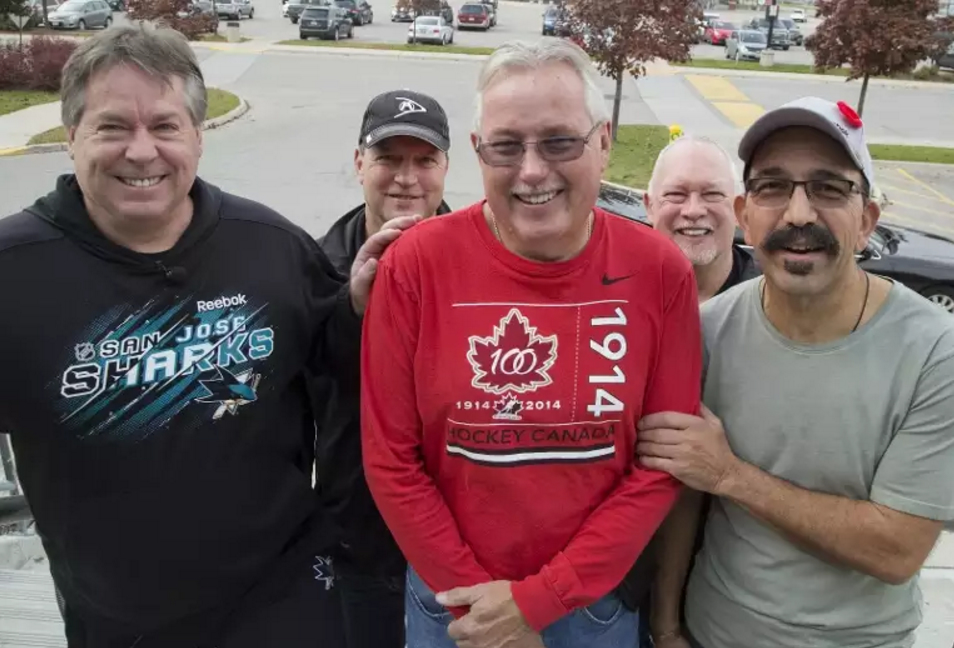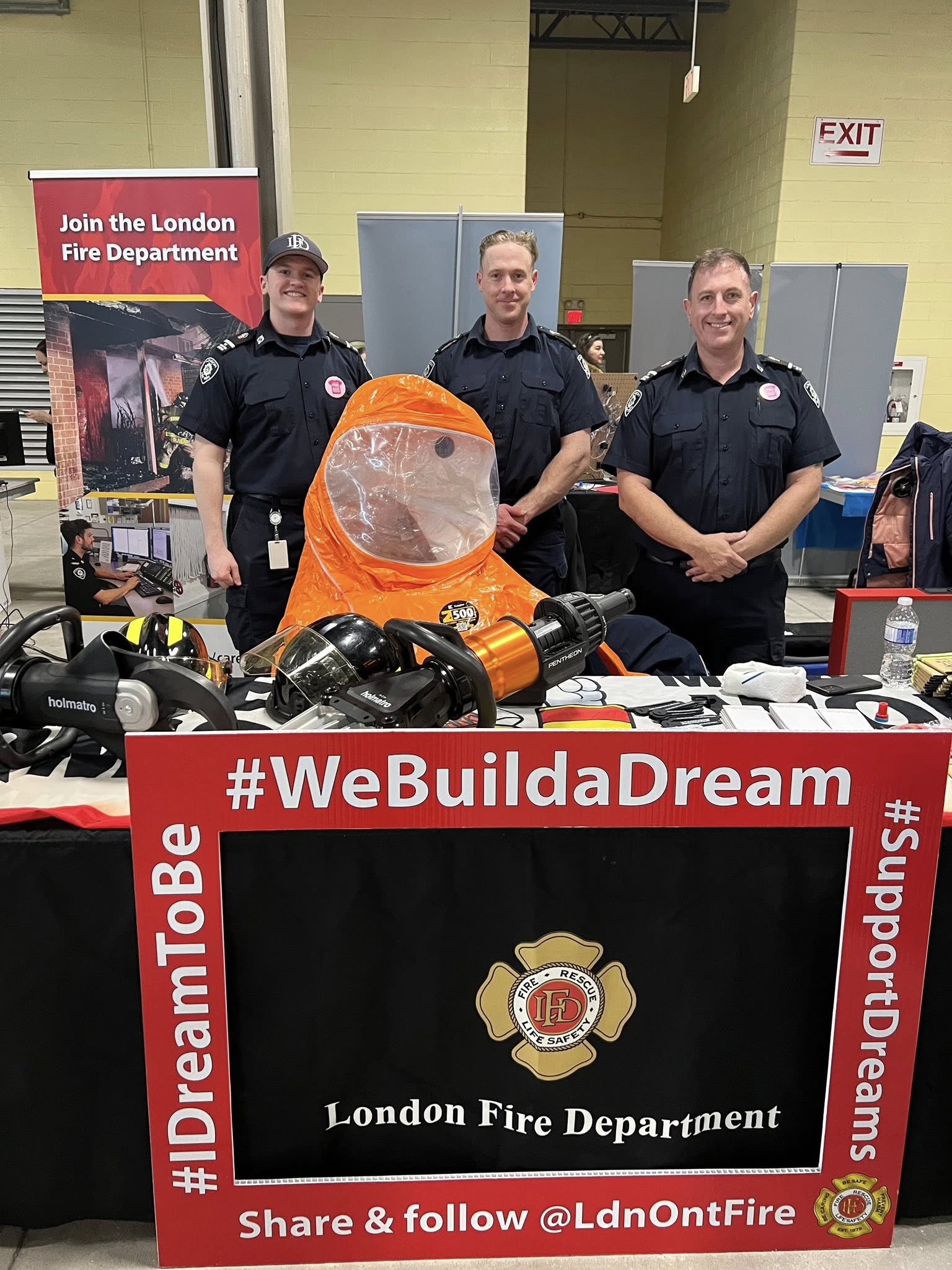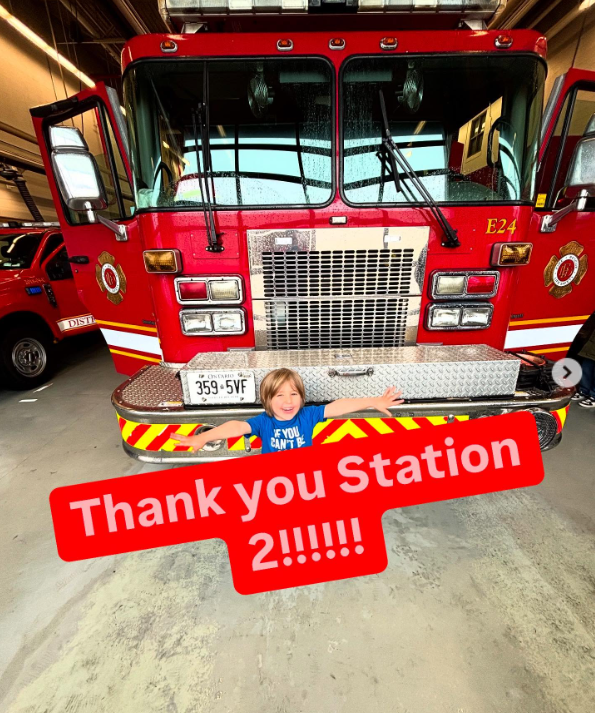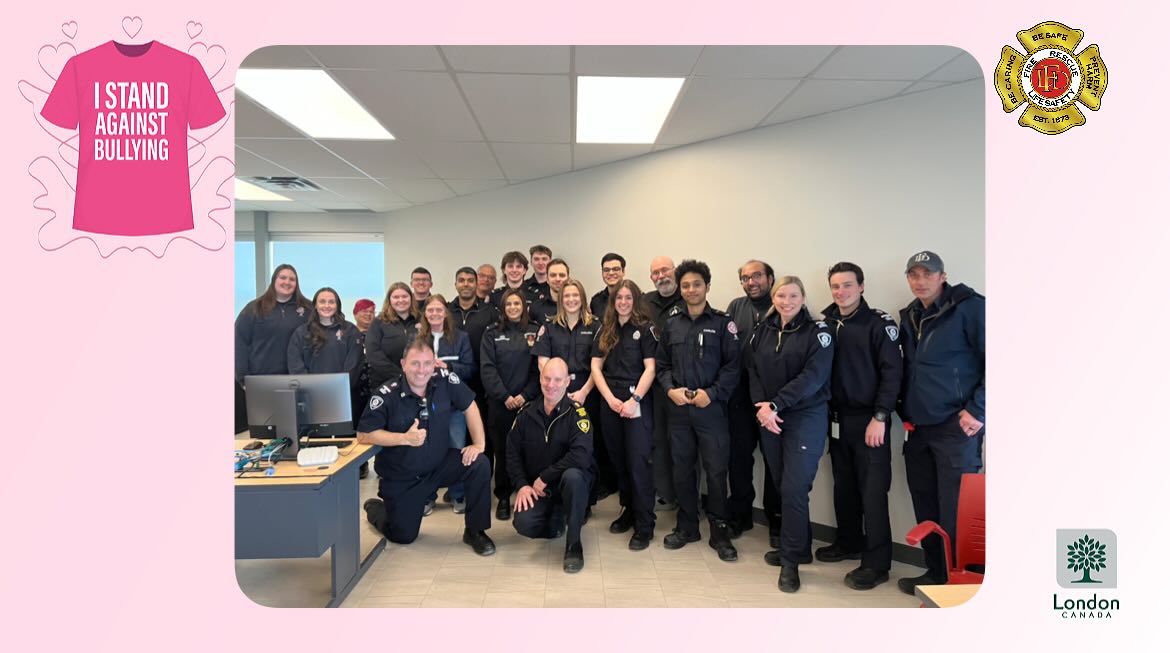First aid: Defibrillators have saved five lives in the London area this year, paramedics say
The last thing Jarmo Stromberg remembers is skating down the ice.
The 61-year-old realtor was playing an early morning game of hockey at London’s Western Fair Sports Complex when he collapsed.
His quick-thinking teammates and opponents — including firefighters and a retired police officer — sprang into action.
“Almost immediately, an action plan was put into place,” said Chet Couture, a London firefighter who plays with Stromberg.
Someone performed chest compressions on Stromberg, who wasn’t breathing and had no pulse, until a nearby defibrillator was retrieved.

Jarmo Stromberg is surrounded by some of the hockey mates who saved his life last month in London.The 61-year-old suffered sudden cardiac arrest while playing hockey but was saved by quick-acting fellow players and a hockey rink defibrillator. With Stromberg are Chet Couture, left, Mike Forster, Tom Wells and John Mollica. (DEREK RUTTAN, The London Free Press)
A single shock from the machine got Stromberg’s heart beating again. Within minutes, he was conscious and talking.
Stromberg was taken to hospital, where he was told he suffered sudden cardiac arrest, a condition when the heart suddenly stops beating.
Emergency workers are using the near-fatal incident on Oct. 19 to draw attention to the life-saving potential of public-access defibrillators.
Now recovering at home, Stromberg returned to the Western Fair rinks Wednesday to thank the men who saved his life.
“Believe me, I’ll be playing hockey with these guys as soon as I can,” said Stromberg, who has a small device implanted in his chest to correct irregular heartbeats.
Public-access defibrillators have been used seven times this year in the London region, saving five lives, including Stromberg’s, said Miranda Bothwell, a public education co-ordinator with Middlesex-London Emergency Medical Services (EMS).
“This is the best-case scenario. This is the goal with the public access program,” she said of Stromberg’s situation.
There are 226 defibrillators registered at facilities across Middlesex County, though there are likely a few hundred more that haven’t been logged by EMS paramedics, said Bothwell.
The Heart and Stroke Foundation has outfitted thousands of publicly funded facilities, such as schools and sports complexes, with defibrillators in recent years. Costing roughly $2,000 each, the devices provide step-by-step instructions, allowing anyone to use them.
There’s even a mobile app, PulsePoint, that pinpoints locations outfitted with defibrillators, so emergency workers and citizens can find the closest device when a cardiac emergency happens.
twitter.com/DaleatLFPress





